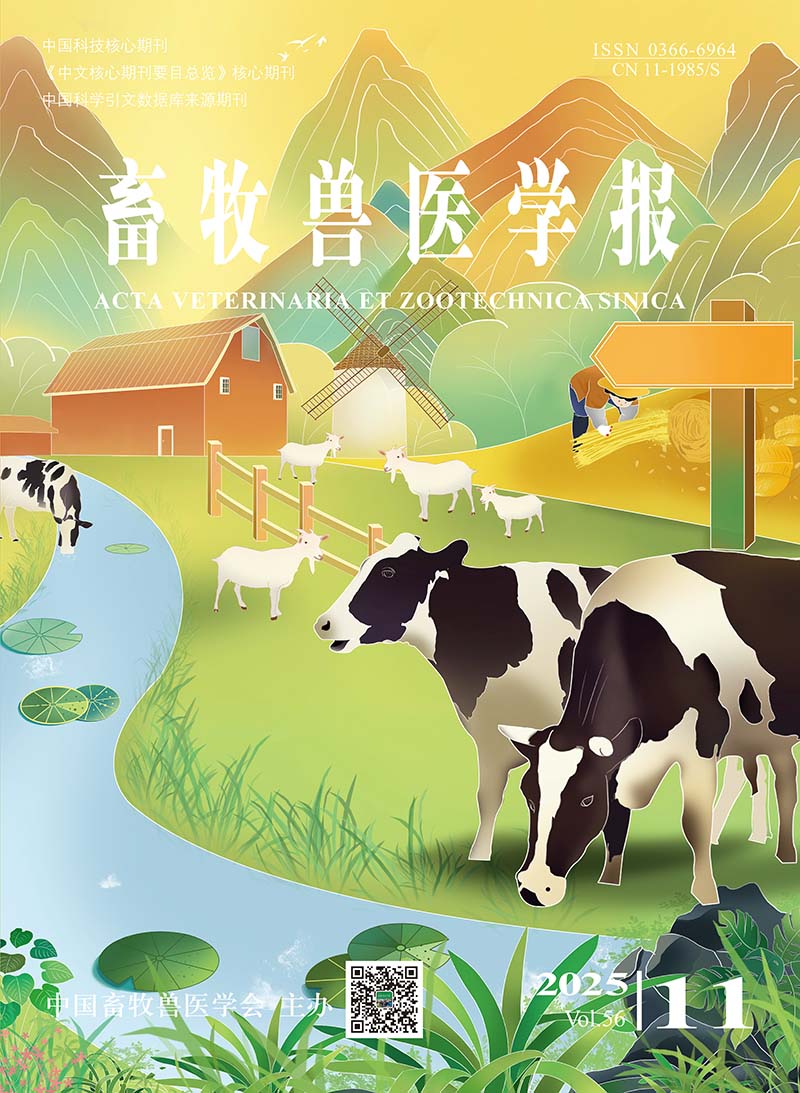This experiment was conducted to study the effects of dietary vitamin B1 level on growth performance, gastrointestinal digestive enzymes activity and TPK1 gene expression of Qingnonghui geese, to determine vitamin B1 requirement in different weeks. Three hundred and sixty 1-day-old Qingnonghui geese were randomly selected and divided into 6 treatments with 6 replicates per treatment and 10 geese in each replicate. The level of vitamin B1 in each group were 1.0, 2.8, 4.6, 6.4, 8.2, 10.0 mg·kg-1 at weeks 0 to 4, and 0.8, 2.6, 4.4, 6.2, 8.0, 9.8 mg·kg-1 at weeks 5 to 15. The experiment lasted for 15 weeks.The results showed as follows: 1) The relationship between daily weight gain and requirement presented quadratic model in two growth stages, the optimal dietary levels of vitamin B1 are 5.60 mg·kg-1 at weeks 0 to 4, and 4.98 mg·kg-1 at weeks 5 to 15. The relationship between activity of pepsin in glandular stomach contents and requirement presented quadratic model in two growth stages, the optimal dietary levels of vitamin B1 are 5.48 mg·kg-1 at weeks 0 to 4, and 6.03 mg·kg-1 at weeks 5 to 15. The relationship between activity of trypsin and requirement presented quadratic model at weeks 0 to 4, the optimal dietary levels of vitamin B1 was 5.46 mg·kg-1. The relationship between activity of trypsin in duodenum contents and requirement presented quadratic model at weeks 0 to 4 and 5 to 15, the optimal dietary levels of vitamin B1 were 5.36 and 5.41 mg·kg-1, respectively. 2) At 15 weeks of age, the growth rate of geese and activity of pepsin, trypsin and amylase in pancreas and trypsin and amylase in duodenum contents were positive correlation (P<0.01),and activity of lipase in pancreas was positive correlation (P<0.05). 3) At 15 weeks of age, 6.2 mg·kg-1 vitamin B1 significantly increased the expression of TPK1 gene (P<0.05) and the expression of TPK1 gene and activity of pepsin, lipase in pancreas and amylase in duodenum contents were positive correlation (P<0.01). In conclusion, consideration from the growth performance, the requirement of vitamin B1 appears to decline with the age. The requirement of vitamin B1 are 5.60 mg·kg-1 at weeks 0 to 4,and 4.98 mg·kg-1 at weeks 5 to 15; Vitamin B1 effects the expression of TPK1 gene in liver and TPK1 gene regulates the activity of pepsin, lipase in pancreas and amylase in duodenum contents, then regulating the growth performance.






